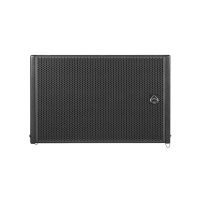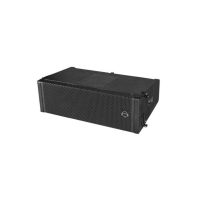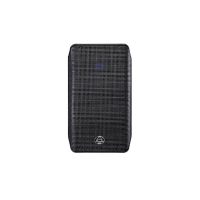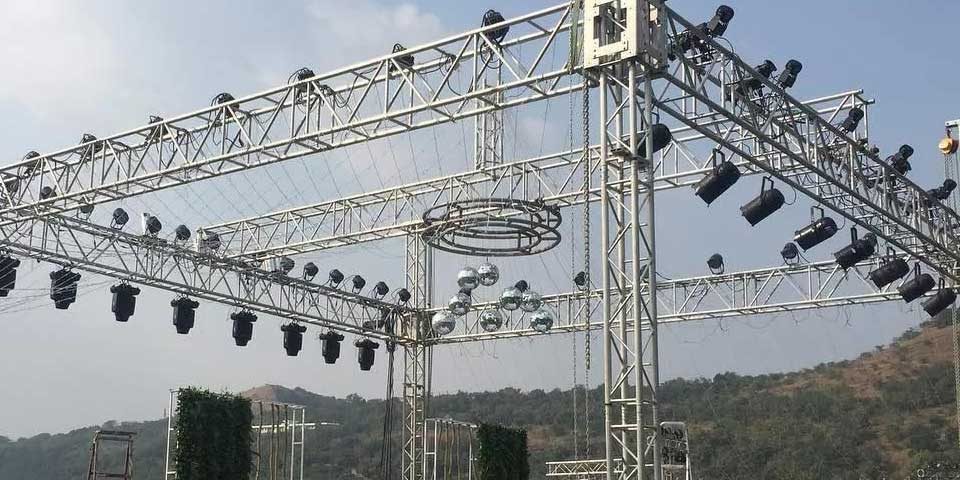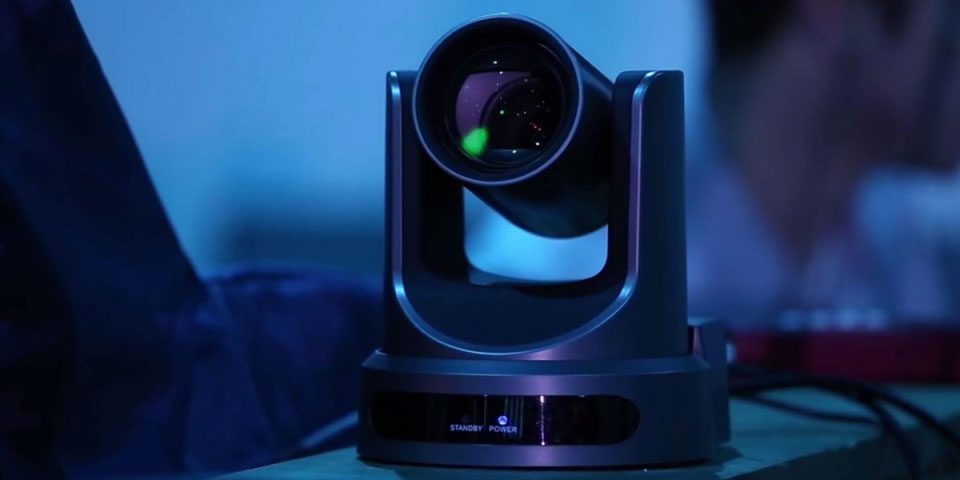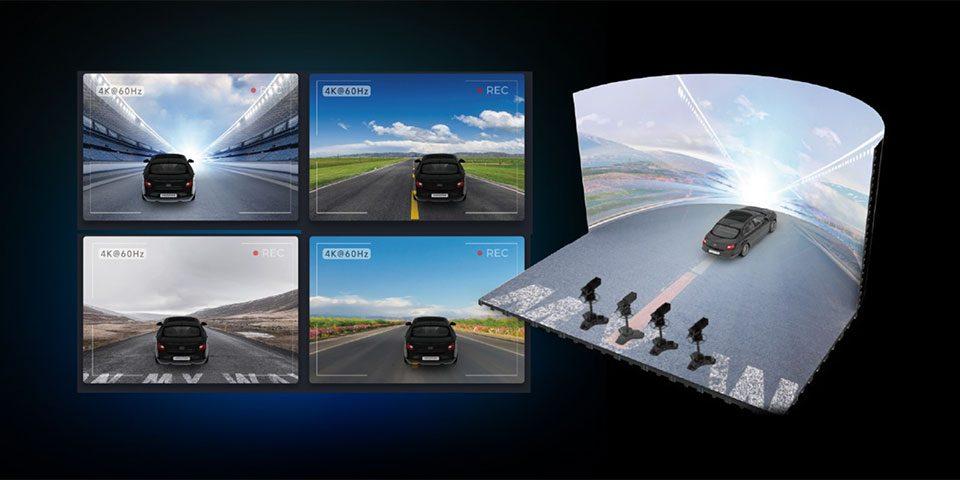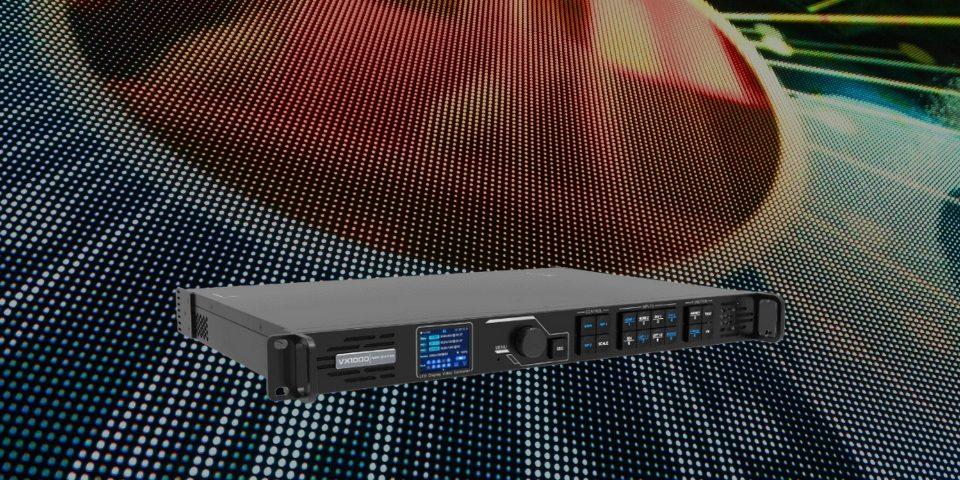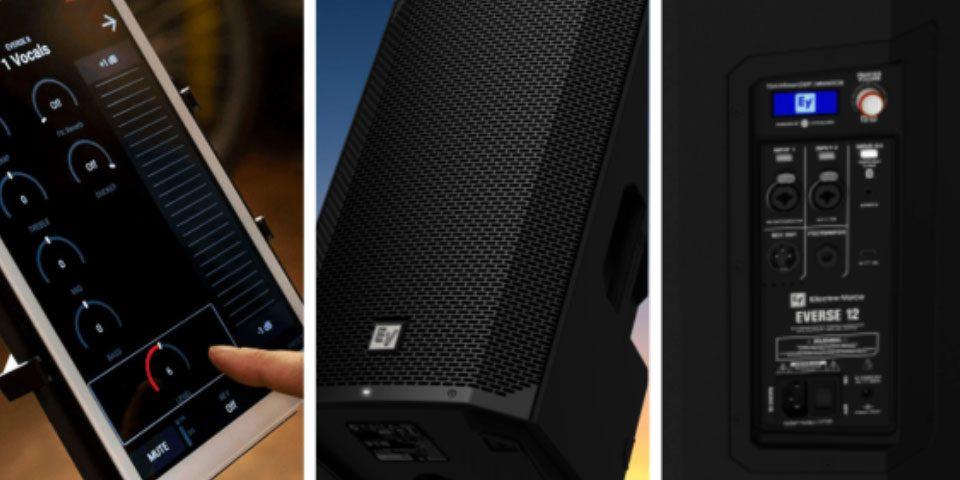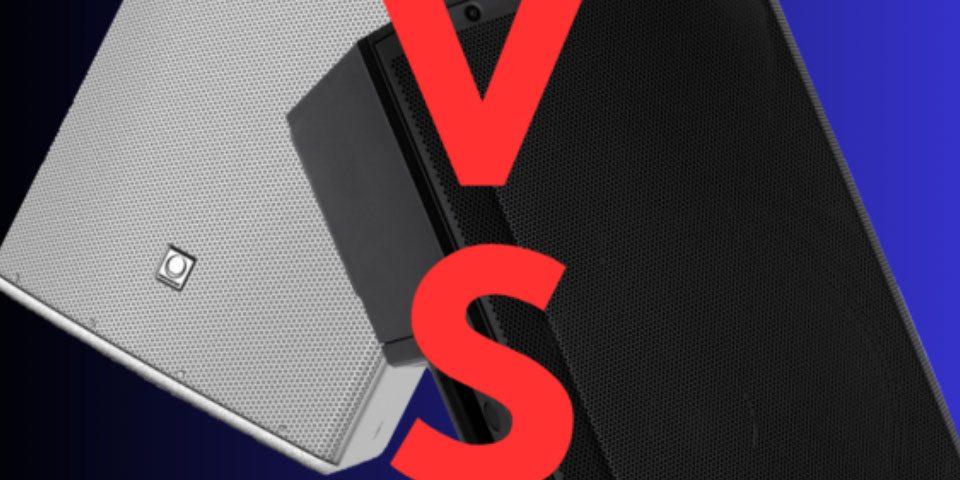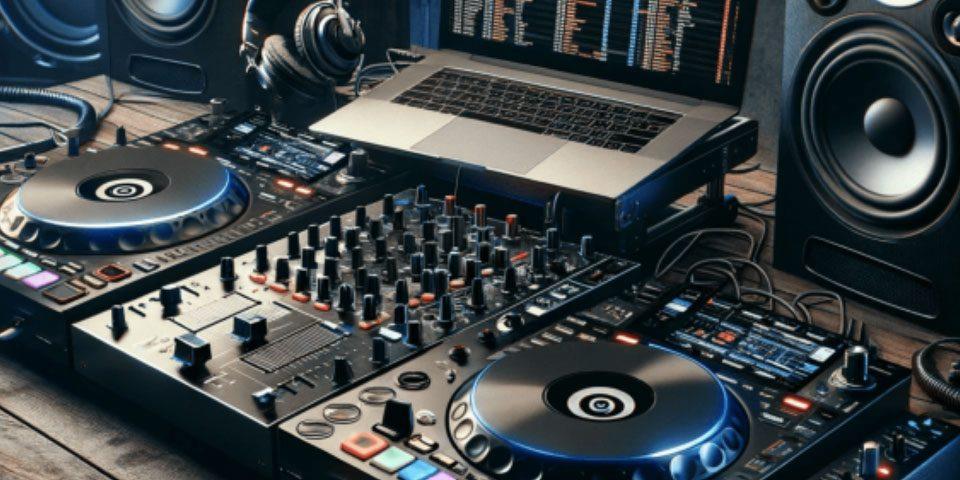
What equipment does a DJ need?
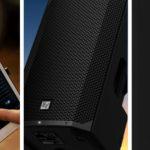
How to build battery powered speaker

What equipment does a DJ need?

How to build battery powered speaker
ACTIVE SPEAKERS VS PASSIVE SPEAKERS
They both make sound, but what's the difference? When shopping for speakers it can feel difficult to make a decision. There are so many different styles, sizes and prices available. If you’re not into sound or don’t know much about audio, that can seem overwhelming. When choosing the speakers for your audio equipment, you must choose between whether to buy active or passive speakers. All speakers fit into one of these categories, and the difference between them isn’t always obvious.
What are active speakers?
An ‘active speaker‘ is a type of speaker that has an amplifier built in. They are often referred to as powered speakers because they need to be plugged into a socket or battery. They provide sound without needing any extra components, and you can plug in your audio devices directly. They’re also great for those who want high-quality audio without having anything else attached to their device.
The benefits
- The signal has to go through the crossover before the amplifier which will keep the sound clear.
- Easy wireless connection with Bluetooth.
- Low-power consumption with this type of speaker system, so they’re great if you don’t want anything else connected to your PC/laptop.
- No need for any external components like receivers or amps: these speakers work on their own and all you have to do is plug in your device.
- Amp and speaker are designed to be used together, so the sound is more optimized or tuned.
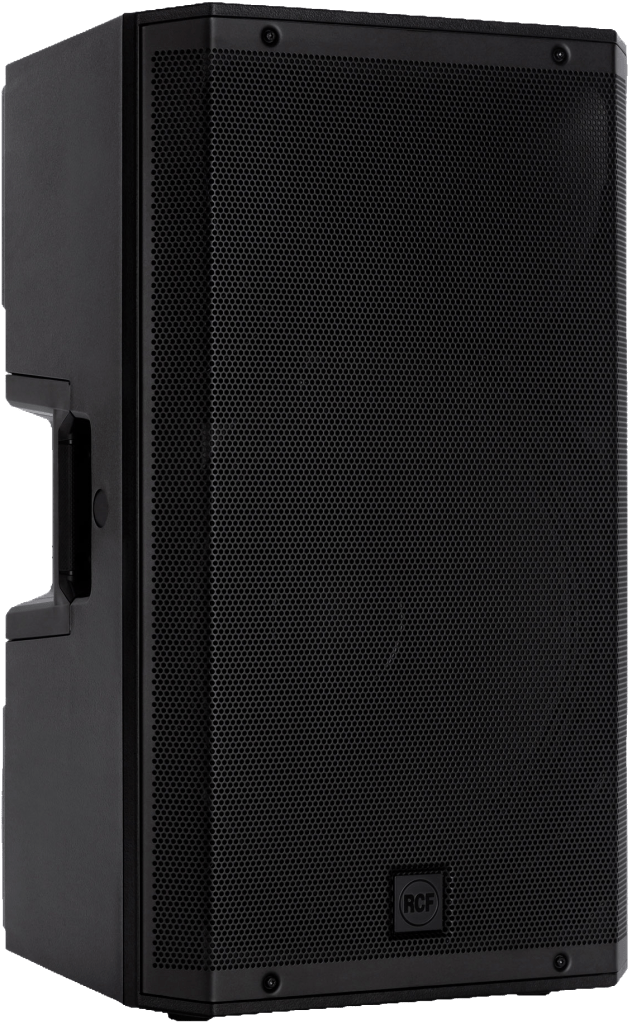
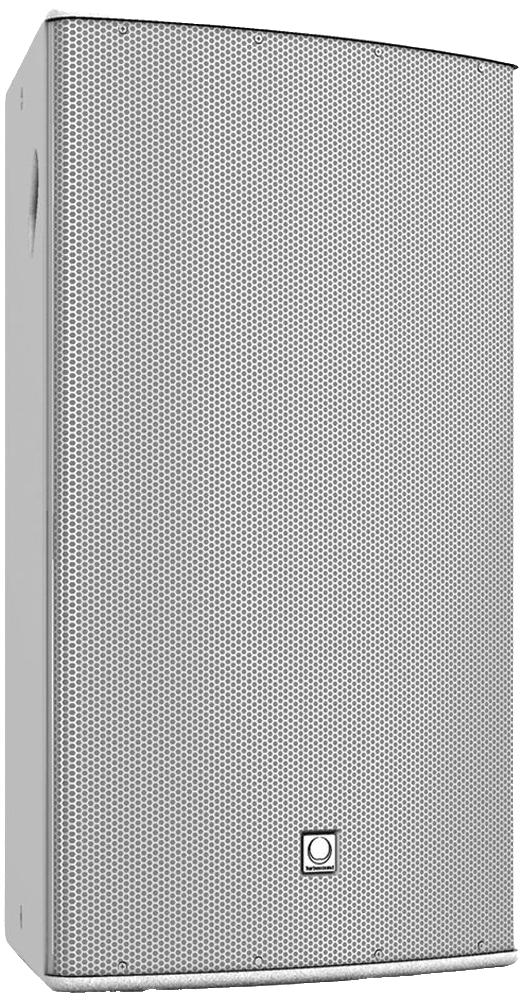
What are passive speakers?
A passive speaker system does not include an amplifier, and requires the use of external ones to be able to function. This can make them more difficult to install than active speakers, as there are many things in question. With this type of system, if one piece goes down or becomes disconnected then it affects the entire setup (for example if your receiver malfunctions but still has sound coming from its subwoofer).
The benefits
-
Easier to upgrade or replace: if you have a problem with one of your speakers, all you need to do is replace it instead of having to purchase an entirely new system.
-
This speaker system is made up of multiple connections or add-ons, such as receivers and subwoofers. Active speakers do not offer these features and are not compatible with this system.
-
Better sound quality and audio range: you can turn up the volume without sacrificing anything in terms of sound
Which one is right for you?
Based on the differences between active and passive speakers, it’s easy to see which one is better for your needs. If you want a setup that requires less power and still has high-quality sound then go with a passive system. An important thing to remember is that if there is any problem with just one of the components, it’s going to be easier to repair or replace. If you’re in the market for a simple speaker setup then active speakers are a good idea. They don’t require any external components and so are much easier to install. The only downside with these types is if there’s ever an issue with the speaker system, it may be difficult to repair.

